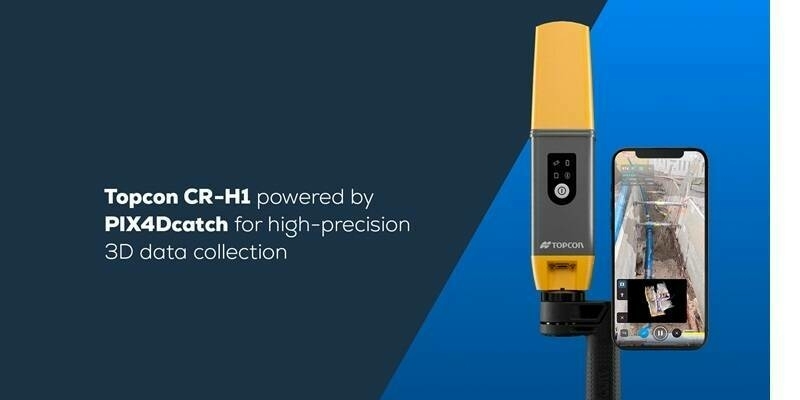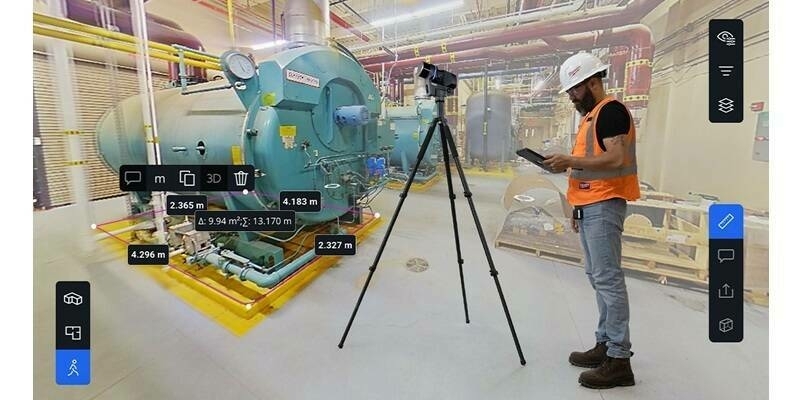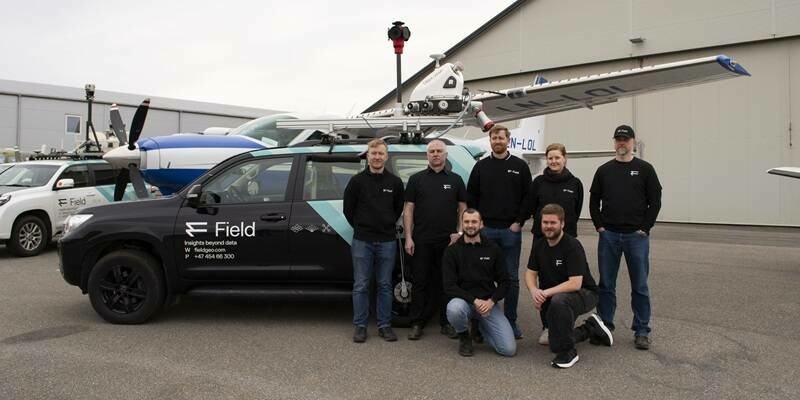GXL 2017 features more precise elevation modelling for satellite and aerial projects, and highly accurate extraction of tri-stereo digital elevation models (DEM) from airborne digital sensors (ADS).
"By using a new Semi-Global Matching method, known as SGM, to determine elevation, you can create even more precise models for high-resolution satellite, aerial, and, specifically, ADS projects," says David Piekny, product marketing manager at PCI Geomatics. "SGM improves not only the fully automated, national-level mosaics produced with GXL, it reduces the cost of quality control and editing, thereby increasing efficiency."
GXL 2017 also features significantly enhanced tie-point collection that produces more and better distribution of multi-ray points, which provides more accurate and tightly connected bundle calculations.
Additional sensor support includes Deimos-1 and Deimos-2, WorldView-4, Sentinel-2, and Jilin-1.
Quality assurance (QA) of ortho-mosaics now features image thumbnails and reference backdrops to make it easier to visualize and organize projects and imagery.
Arnold Hougham, vice-president of sales and marketing, believes the benefits of GXL 2017 bring hands-off mosaic production to applications like large-scale mapping, flight simulation, and agricultural monitoring.
"More and more, customers are looking for systems that can handle country-wide or continent-wide mapping, on demand, and with efficient delivery. Scalability, speed, accuracy, and sensor support are at the heart of GXL, and make it perfectly suited to standalone, cloud, and ground-station systems," says Hougham.
GXL 2017 continues to add to existing operational management, custom job-chaining, and fully automated production and reporting in secure, open, virtual and direct receiving stations (VRS/DRS), or cloud environments.
Subscribe to our newsletter
Stay updated on the latest technology, innovation product arrivals and exciting offers to your inbox.
Newsletter

